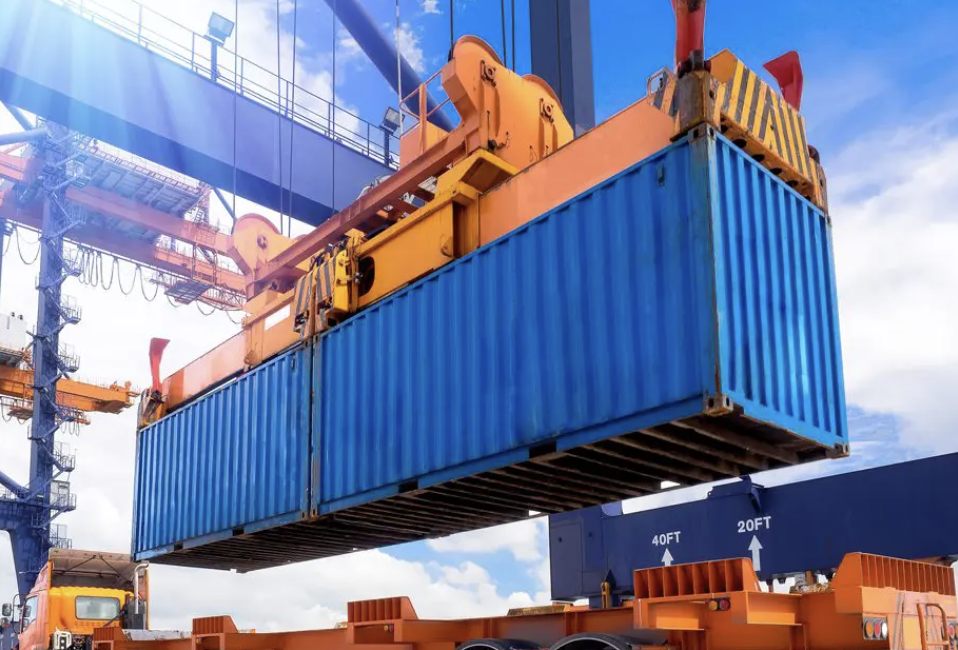Drayage is a term that isn’t often used in the everyday vocabulary, so what exactly is it?
Drayage originates from the Old English term for a heavy horse drawn cart wagon called a “dray”. Over time it has evolved to describe the hauling of goods, especially shipping containers from the ports, rail yards, and other hubs. When a trucker describes themselves as a drayage trucker they specialize in this mode of transport.
Drayage is also often called “first mile” logistics, which refers to the short haul from the port to a distribution warehouse, typically the initial step in the supply chain.
How does drayage differ from other modes of trucking?

Distance & Scope
Drayage: Very short hauls (under 100 miles), usually moving containers from ports or rail yards to nearby warehouses or distribution centers.
Other Trucking (e.g., long-haul, regional, LTL, FTL): Covers medium to long distances, often between cities or across states.
Cargo Type
Drayage: Primarily ocean containers (import/export), often tied directly to international shipping schedules.
Other Trucking: Palletized freight, dry van, reefer loads, flatbeds, etc. — not limited to containers.
Timing & Speed
Drayage: Highly time-sensitive due to port deadlines, demurrage, and chassis rental fees.
Other Trucking: Still time-sensitive but generally has more flexibility in pickup and delivery windows.
In conclusion, if you are looking for a trucking company to move your containers from the port or rail yard, be sure to work with a carrier that specializes in drayage services. Choosing the right drayage provider ensures faster, more efficient delivery and fewer delays in your supply chain.
In our next article, we will take a closer look at the key differences between drayage trucking, long-haul trucking, and other freight transportation services.
Thanks for reading!
**If you would like a quote for any of your upcoming shipments please contact us at contactus@mtztruckingllc.com**
